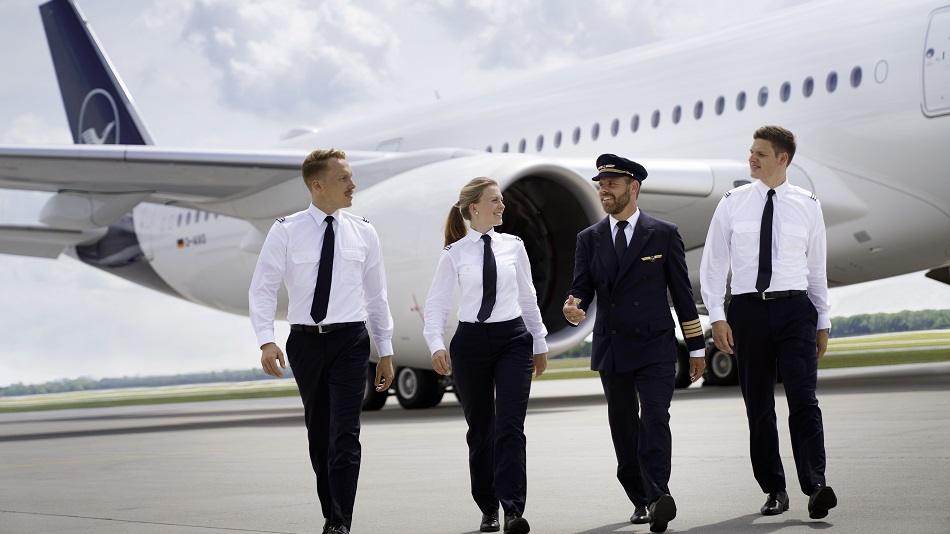Career steps and further training
Always one step ahead
Pilots never stop learning. This is not only because of technical developments but also par for the course in a pilot’s career. The first type rating (an authorization entered on or associated with a pilot licence and forming part thereof, stating his privileges or limitations pertaining to certain aircraft type) will be issued, as a general rule, for short-haul and medium-haul aircraft such as the Airbus A320. After a few years the training for a change-over to a wide-body type will take place, after which the pilots can start flying long-haul flights. This process depends on the airline you start with.
Zum Aktivieren des Videos müssen Sie auf den Link unten klicken. Wir möchten Sie darauf hinweisen, dass nach der Aktivierung Daten an den jeweiligen Anbieter übermittelt werden.

Please enter a valid video URL.
The URL can point to any videoasdasd file or a Youtube video.













